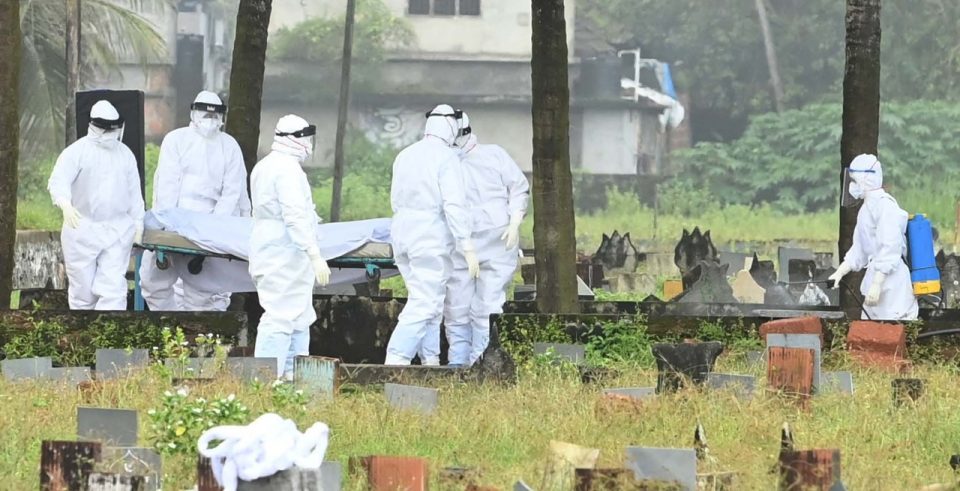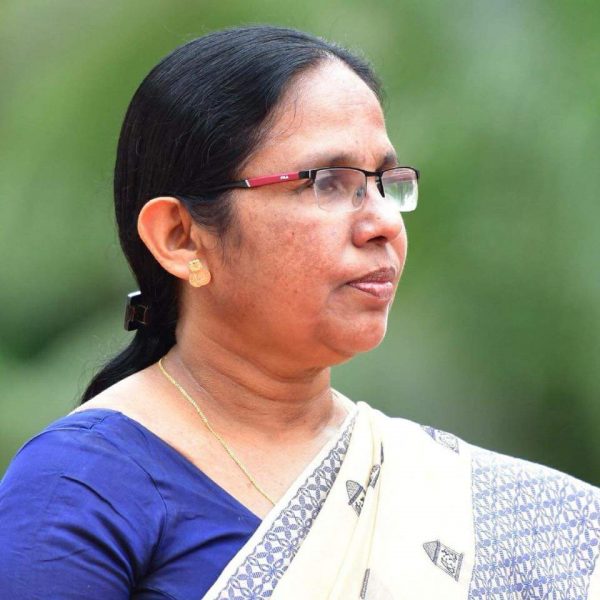
Kerala’s tryst with Nipah: A tale of scare, vigilance and tears
In Kerala’s experience, the fatality rate of Nipah was 89 per cent as 17 out 19 infected people succumbed to the virus in 2018.

On May 17, 2018, Dr Anoop Kumar AS of Baby Memorial Hospital in Kozhikode noticed something very unusual about 22-year-old Mohemmad Swalih from Sooppikkada village in Kozhikode district. He had been suffering from high fever, severe headache, soar throat and nausea, symptoms that usually led to the diagnosis of encephalitis.
But Dr Anoop had a feeling that something was not right. For a person having encephalitis, the blood pressure and pulse rate would usually go down. But for Swalih, the blood pressure was rapidly on the rise.
Despite providing all critical care, he soon fell into coma and his body did not react to the medicines for encephalitis. On further quizzing relatives, it was found that Swalih’s brother Sabith had succumbed to the same symptoms a few days ago at Kozhikode Medical College.
Dr Anoop and his team assumed that either they had been dealing with an unknown virus or it could be a case of poison. Aggravating fears, three other family members started showing the same symptoms.
Suspecting the presence of Nipah virus—of which Dr Anoop and his team had only academic knowledge as Kerala so far had not had any case of the virus—they sent the throat secretion and body fluid samples to National Institute of Virology, Pune, which ruled out poisoning but confirmed Dr Anoop’s fear—the presence of Nipah virus.
Kerala’s experience
Nipah, unlike COVID is a highly pathogenic RNA virus, with case fatality rate ranging from 40–75 per cent. According to the World Health Organisation (WHO), this can vary by the outbreak depending on local capabilities for epidemiological surveillance and clinical management.
In Kerala’s experience, the fatality rate of Nipah virus was 89 per cent as 17 out 19 infected people succumbed to the virus, including a healthcare worker. Among the 17 deceased, five of them belonged to one family—that of Sabith, the patient zero who died on May 5. Sabith was assumed to be the index case only two weeks after his demise.
Much before the rest of the country got familiarised to lockdown and quarantine following the Covid-19 outbreak last year, the people of Kerala—especially natives of Malappuram and Kozhikode districts were exposed into the awful experience of isolation and seclusion. Everything came to a still as the streets were deserted, shops were closed and people stayed indoors voluntarily as the fatality rate was frighteningly high.

In pre-Covid times, people were not used to maintaining physical distance from others and wearing masks. In the in-patient wards in hospitals, people used to help each other.
Janaki Amma, 45, who was attending to her sick father-in-law in taluk hospital, Perambra, in Malappuram, had shown no reluctance in helping Sabith who was admitted in the adjacent bed in that hospital initially. (He was later referred to the Medical College as his condition worsened).
Sabith was too weak to even go to the washroom. Janaki Amma nursed him and took care of him. But it was too late for Janaki Amma when Nipah was confirmed in Swalih, Sabith’s brother. By the time, the medical team started rigorous contract tracing, Janaki Amma and her father-in-law had succumbed to the virus. Later the virus took the lives of Moosa, the father of Sabith and Swalih, and paternal aunt Mariyumma leaving the entire village in deep shock and grief.
According to WHO, Nipah, a zoonotic virus (transmitted from animals to humans), was first identified in 1999 during an outbreak among pig farmers in Malaysia that reportedly caused 105 deaths. Later in 2001, there was another outbreak in Bangladesh that claimed 150 lives.
The 2018 outbreak in Kerala was not the first in India. According to the WHO, the virus had first struck in Siliguri in West Bengal in 2001 and in Nadia in 2007. In Siliguri, in 2001, transmission of the virus was also reported within a healthcare setting, where 75% cases occurred among hospital staff or visitors. From 2001 to 2008, around half of reported cases in Bangladesh were due to human-to-human transmission through providing care to infected patients.
Tackling the virus
Former Kerala health minister KK Shailaja had said that the presence of the virus was identified in Malaysia and Bangladesh only after the death of hundreds of people. In her book ‘The days and lessons of the battle’ on how the state managed to control the Nipah outbreak, she observes that the vigilance that has been maintained by the healthcare workers against diseases like dengue and malaria helped in identifying the virus before many lives were lost.
For Kerala, Nipah’s worst memory is associated with nurse Lini Puthusery, 31, of Perambra taluk hospital where Sabith was first admitted.
Her last letter to her husband Sajeesh still evokes painful memories. “I am on the way; I don’t think we can meet, I am sorry, Please take good care of our kids…” the letter had said.
Also read: Amid COVID war, how Kerala quickly swung to fight Nipah virus battle
In 2019, Nipah was found in one person in Ernakulam, but no spread. The lessons of 2018 helped early detection and control of the spread.
Studies conducted by the Virology Institute confirmed that fruit bats were the source of the Nipah virus outbreak of 2018. Following this, bats were caught from the village but their samples tested negative for Nipah, which gave room for a lot of conspiracy theories, with some even suggesting the possibility of a ‘bio weapon’. However, the second batch of samples collected from fruit bats ruled out doubts and confirmed the origin of the outbreak.
The origin of the virus in the new case is yet to be identified but medical experts assume this also is not going to be different.
However, COVID-19 seems to be a blessing in disguise. “Fortunately, all the health workers wear PPE kits and masks. The possibility of a spread among health workers is low,” says Dr KP Aravindan, a public health expert.

